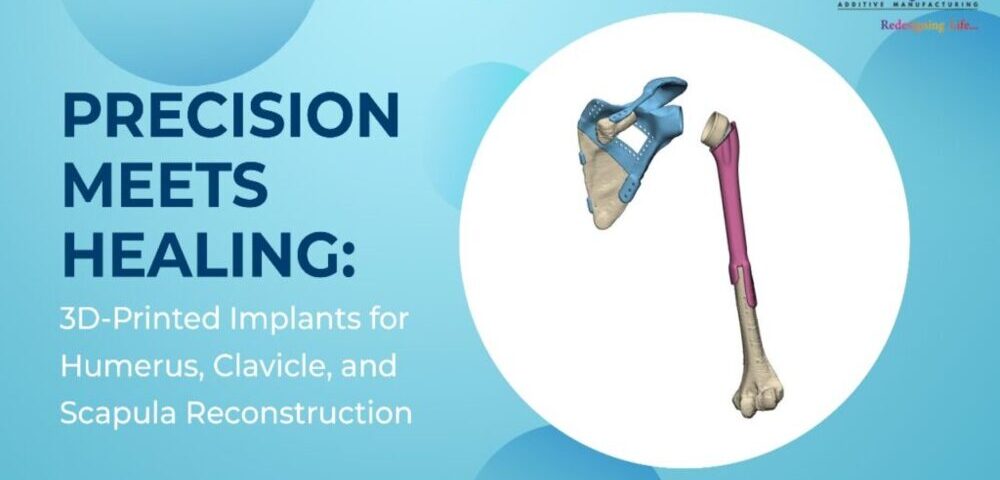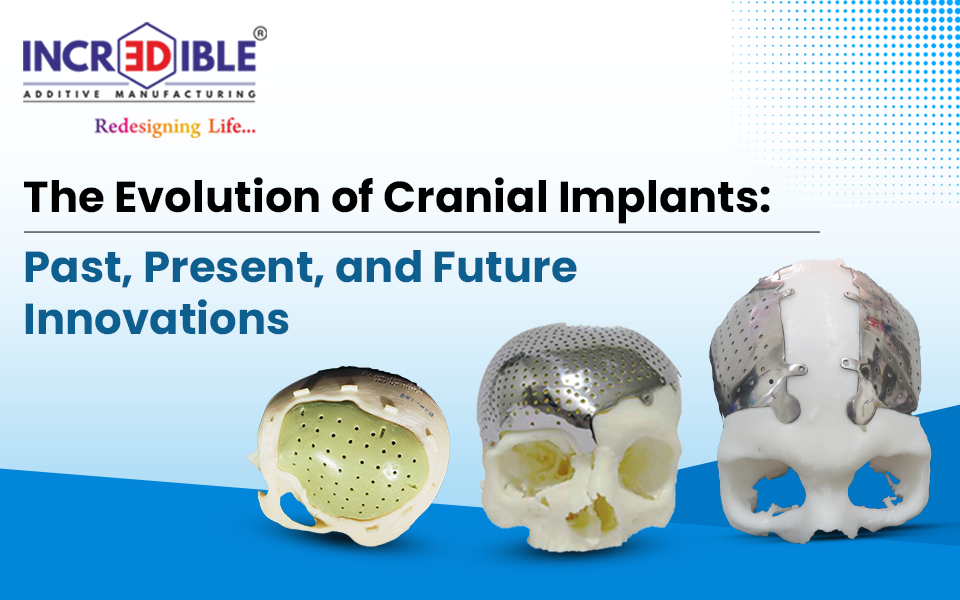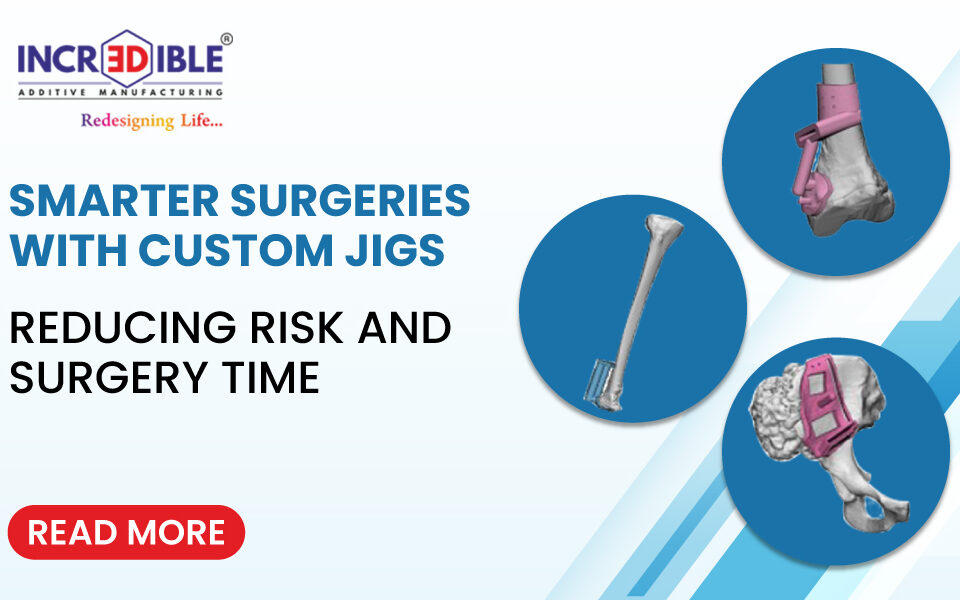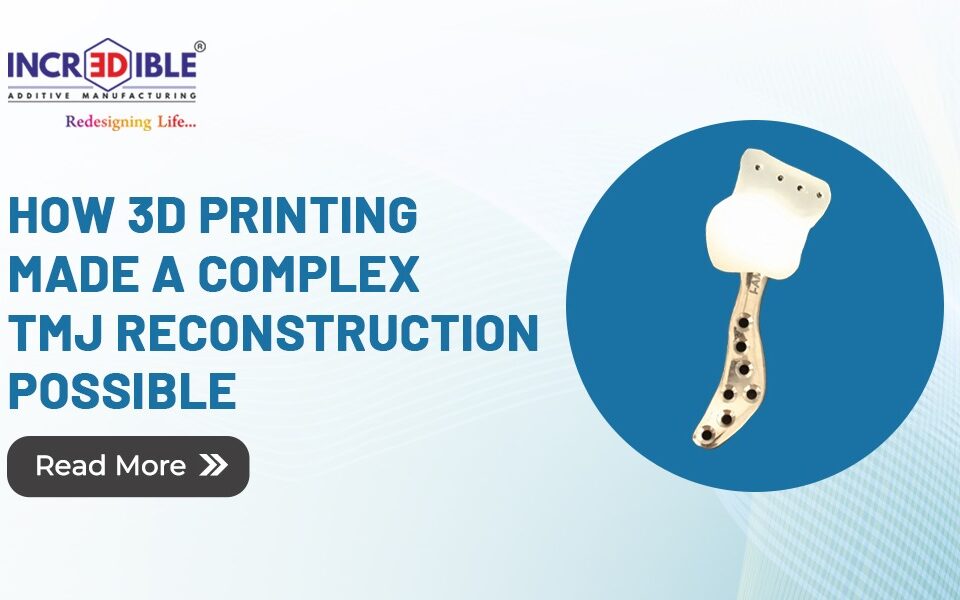Orthopedic implants have revolutionized the management of complicated injuries and disorders. Custom implants via 3D printing are ideal for fixing the humerus, clavicle, and scapula. These implants are required in conditions such as osteosarcoma, chondrosarcoma, and any other type of cancer that requires large segments to be taken out. Thanks to their great accuracy, 3D printed implants allow doctors to reconstruct skeletal structures and bring back their functionality. Customized implants, biomodels, and surgical cutting guides—3D Medical presents its solutions addressing its clients’ specific medical requirements. Nova innovated its way to improve accuracy and safety by incorporating 3D-printed implants, a basic model for orthopedic procedures.
Advantages of 3D-imaged Ortho Implants
Orthopedic implants through 3D printing also come with multiple benefits, especially in humeral, clavicular, and scapular reconstruction.
One key benefit of 3D printed implants is customization. Each implant is made to precisely and securely suit the unique anatomy of the patient. Before being employed, the implants are tested for strength, stability, and longevity using sophisticated methods, including finite element analysis. This mechanical technique increases the implant’s efficacy and reduces problems.
Another advantage is their ability to mimic natural structures, making attachment and integration with existing ones much easier. This helps restore movement and stability, crucial for areas like the shoulder joint. Additionally, pre-planned designs reduce surgical time, as there’s no need for extensive adjustments during the procedure.
The high-grade material used, such as Ti6Al4V-ELI, ensures that these implants are safe and long-lasting.
How do 3D-printed implants help in the treatment and healing of the humerus, clavicle, and scapula?
Every bone, including the humerus, clavicle, and scapula, has to be reconstructed carefully and harmoniously. Chondrosarcoma, as well as many other diseases, requires the removal of rather large segments to remove a tumor, and 3D-printed implants are excellent for reconstructing the lost segments accurately.
With the help of CT and MRI scans, for example, the given patient’s anatomy is studied in detail. This data is then utilized to construct implants likely to fit the specific shape and the missing part. The implants are often integrated with reverse arthroplasty or other procedures to restore shoulder movement and joint stability.
The collaboration between surgeons and design teams ensures the implants are functional and compatible with surgical requirements. This degree of accuracy greatly enhances results, assisting patients in regaining their mobility and lowering difficulties following surgery.
Providing 3D-printed Orthopedic Implants with Safety and Quality
Every implant is constructed using high-quality materials that meet ISO 13485 standards, ensuring its dependability and security. Advanced software that incorporates imaging data from CT and MRI scans supports the design process. Once designed, the implants are tested for strength, stability, and durability through detailed analysis.
The manufacturing process also minimizes operating room complications. Since the implants are customized, they don’t require significant adjustments during surgery. This not only reduces surgical time but also enhances precision, leading to better recovery and functionality for the patient.
With a Class 10000 clean room, US-FDA-approved software, and advanced equipment, 3D Medical sets new benchmarks in precision and safety.
Conclusion
3D-printed orthopedic implants have revolutionized humerus, clavicle, and scapula reconstruction by offering precise, patient-specific solutions. 3D Medical leads the way in India with a cutting-edge 3D medical printing facility, that adheres to FDA standards. 3D printed implants represents the future of personalized care in reconstruction.




